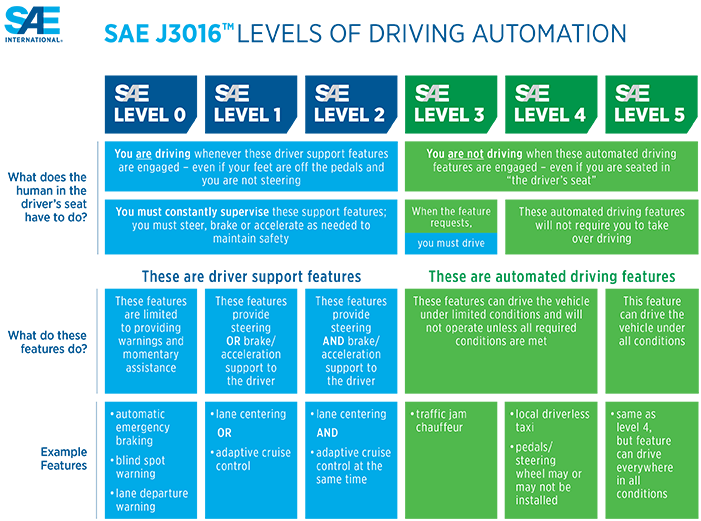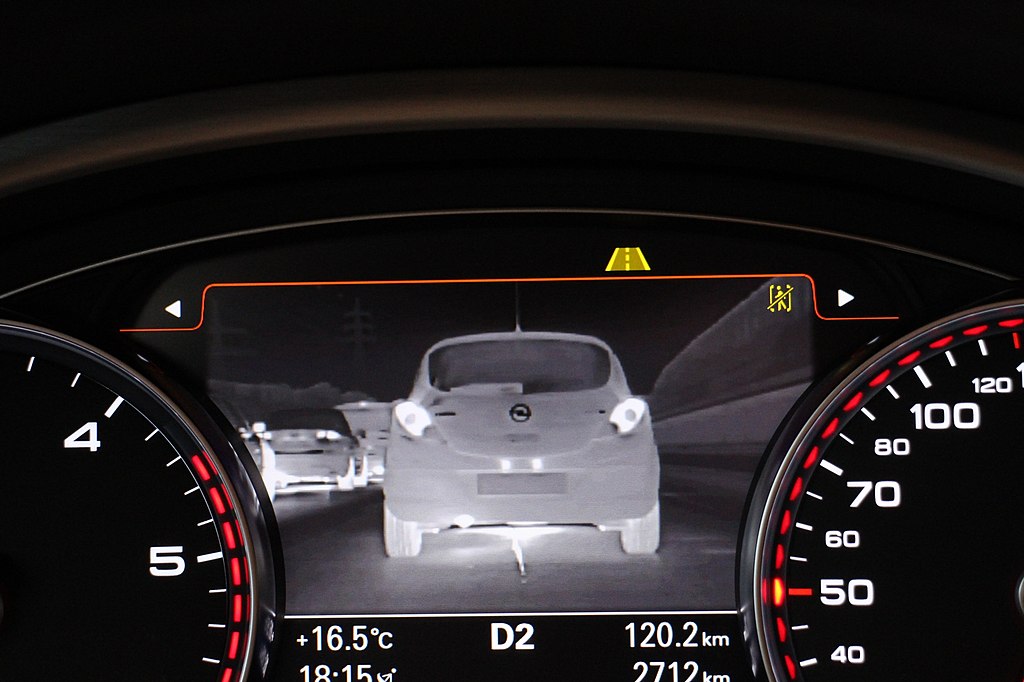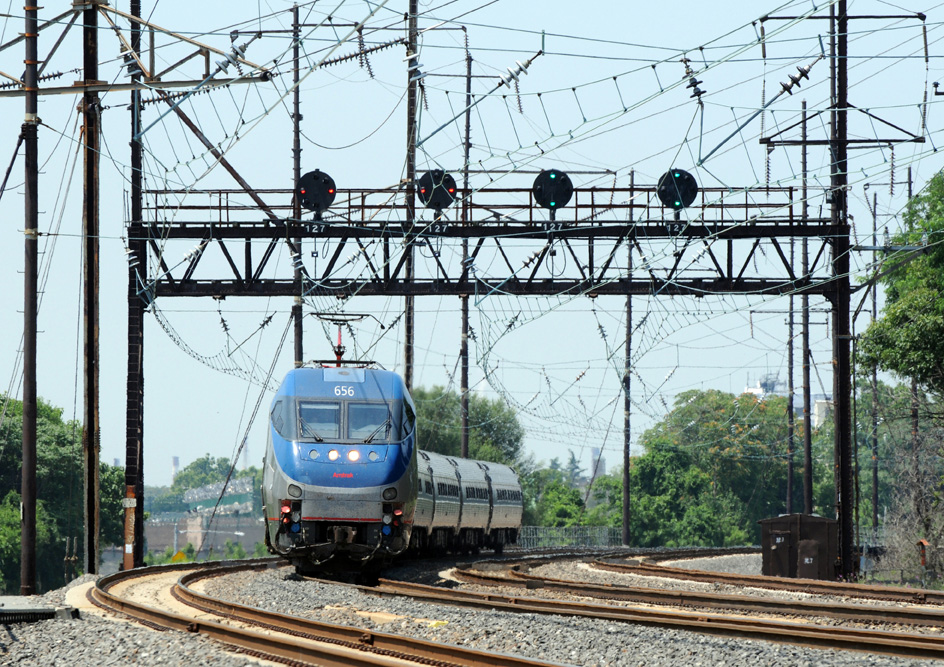Even the imperfect advanced driver assistance systems (ADAS) available to consumers today could prevent up to 37 million crashes in the years between 2021 and 2050, a new report finds — but the researchers behind it emphasize that they’re not the same as “autonomous cars,” and certainly not a “silver bullet” to end traffic violence.
According to a new report from AAA’s Foundation for Traffic Safety, today’s ADAS technologies could prevent up to 14 million fewer injuries and 250,000 fewer deaths on U.S. roads over the next 30 years. Those reductions would translate to a plunge in injury and fatality totals of 16 and 22 percent, respectively, even without further improvements to the technology, which currently struggles to reliably brake at the deadliest speeds or when confronted with pedestrians on unlit roads after dark.
Principal researcher Brian Tefft lauded ADAS as a commendable intervention, but emphasized that the tech is not a “silver bullet” — especially absent other road safety strategies, like policies that compel drivers themselves to practice safer behavior.
“[ADAS] fundamentally are there to help the driver to be a second set of eyes, so to speak, but not to not to replace the driver or take the driver out by any means,” Tefft noted. “That’s not what these technologies that are the focus of our report are designed to do.”
Working in partnership with researchers at the University of North Carolina, the report authors examined the characteristics of thousands of individual crashes that occurred between 2017 and 2019 and estimated how many of them would have been prevented by ADAS technologies in their current form.
“There will still be many crashes that [ADAS is] unable to prevent either because of idiosyncratic characteristics of the crashes themselves or because of limitations of the systems, that there are types of crashes that are particularly deadly that the technology that they use today are not particularly good at preventing,” Tefft said. “Some of those include the ability to detect and prevent collisions with pedestrians, especially at higher speeds, especially in the dark.”
Another challenge, Tefft noted, is that it takes time to embed ADAS into the vehicle fleet. An analysis by S&P Global Mobility recently found that of the 284 million registered vehicles in the United States, the average car is 12.5 years old, while Electronic Stability Controls, one of the technologies grouped into ADAS, only became standard issue for new vehicles about ten years ago.
“Although a lot of these technologies are available on the majority of new vehicles available for purchase today, a lot of the vehicles involved in crashes do tend to be somewhat older,” Tefft explained. “[ADAS’] benefits accumulate slowly until the technologies are really ubiquitous not just on the lot at the dealership but among the vehicles being driven on the road today.”

So beyond ADAS, what other strategies can help save lives? Tefft thinks that combatting impaired driving and speeding are particularly productive places to start. Specifically, he sees a lot of potential in (expanding the use of) alcohol ignition interlocks, which require drivers to pass a breathalyzer test in order to start a car, as well as other related technology underway. As for speeding, Tefft believes that road design, technology, behavioral changes, and enforcement “all have a role to play in controlling the speeds on our roads to prevent crashes, [as well as] to increase the probability that a crash will be survivable in the event that one occurs.”
Tefft is also careful to distinguish between ADAS and autonomous vehicles (AVs), and stressed that it still matters whether the driver of a vehicle is a person or a technology firm. Despite how tempting it can be to conflate the two — especially as AVs grab headlines for stalling out on California roads — ADAS and AVs are totally different things, the first of which simply augments the driving task, but doesn’t fundamentally transform the person into a wheel into a passenger.
“The types of technologies that we’re looking at are really the building blocks of eventual higher levels of automation,” Tefft said. “So to the extent that it’s still really difficult to prevent all of the crashes, injuries and deaths on our roads through technology, that’s still a really important point that likely has implications for the foreseeable future as we wade in and dip our toe into higher levels of automation.”
The post STUDY: Advanced Vehicle Tech Could Help Prevent 250,000 Traffic Deaths Over 30 Years — But It’s Not a ‘Silver Bullet’ appeared first on Streetsblog USA.
The post Study: Advanced Tech Could Help Prevent 250,000 Traffic Deaths Over 30 Years — But It’s Not a ‘Silver Bullet’ appeared first on Streetsblog New York City.






